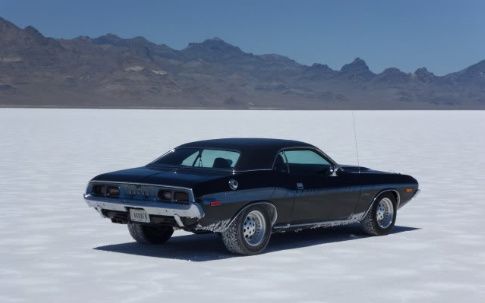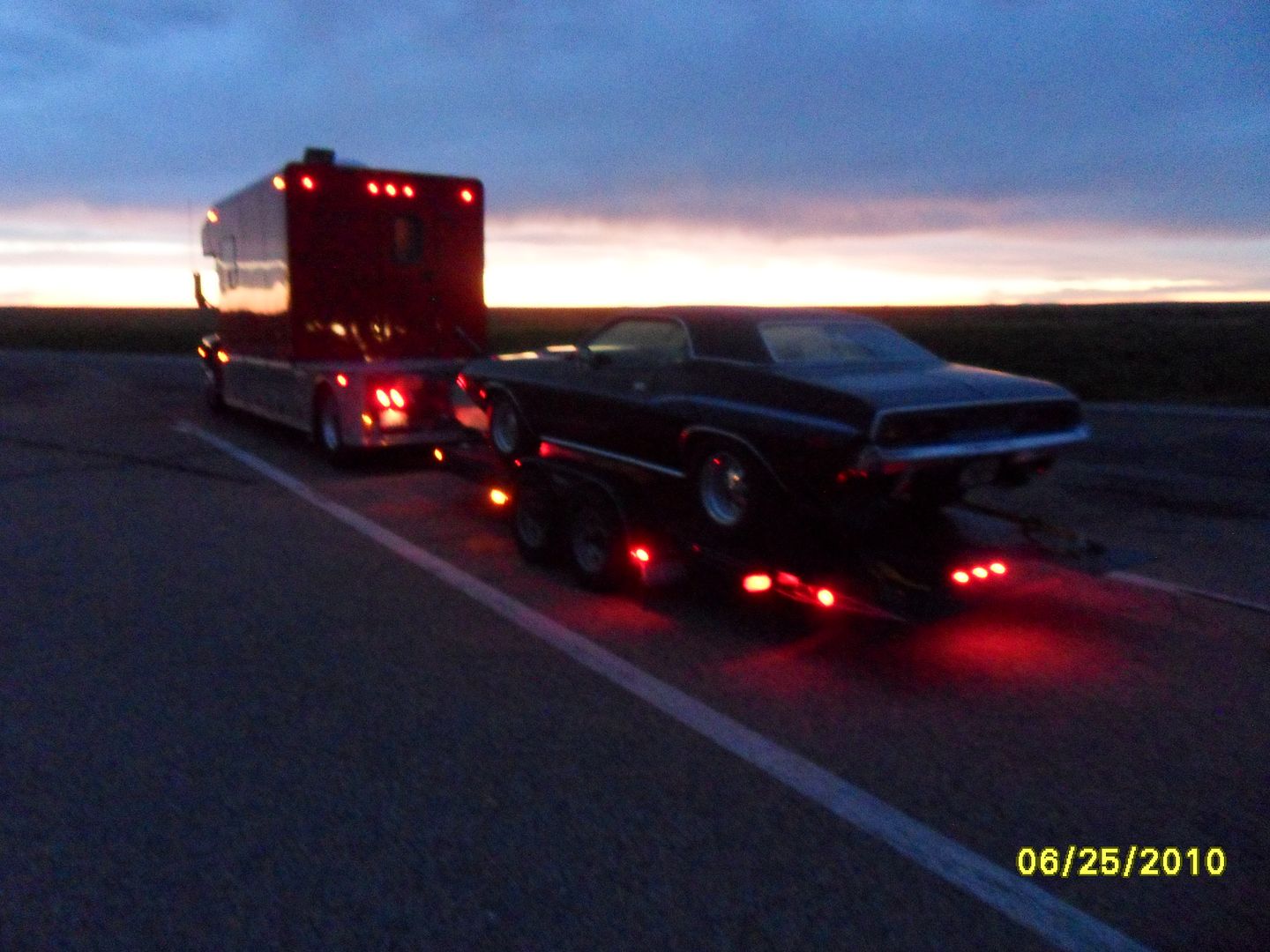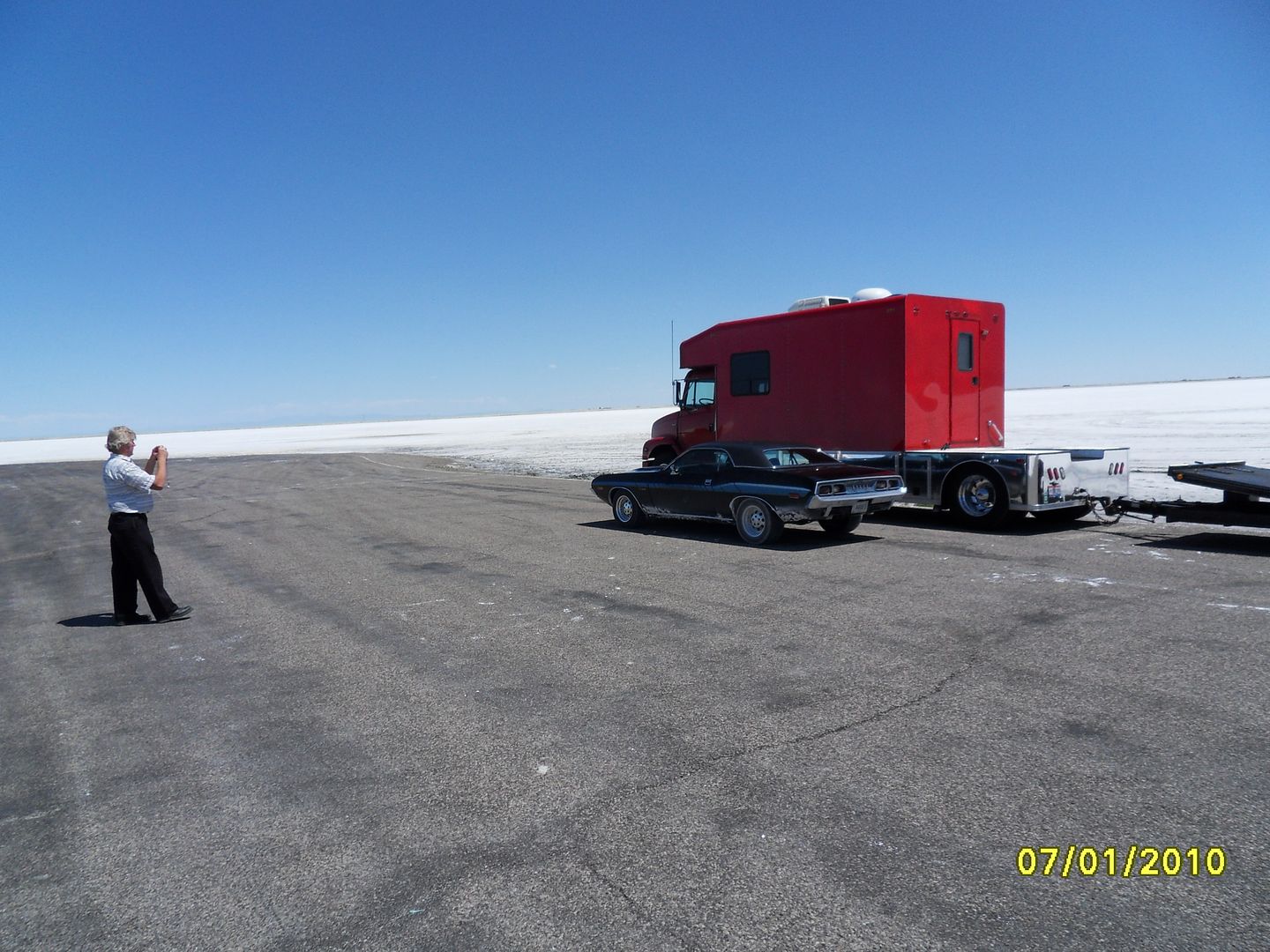Funflight
Filing Flight Plan
- Joined
- Jul 22, 2021
- Messages
- 1
- Display Name
Display name:
Funflight
Hello guys, I have a question about shutting down procedures. (C172)
According to the checklist, the original order is
Mag off -> Master Off
But I usually do
Master off -> Mag off
I was confused about the order.
Left Magneto broke down a few days ago, could this be the cause?
Thx! have a great night.
According to the checklist, the original order is
Mag off -> Master Off
But I usually do
Master off -> Mag off
I was confused about the order.
Left Magneto broke down a few days ago, could this be the cause?
Thx! have a great night.





